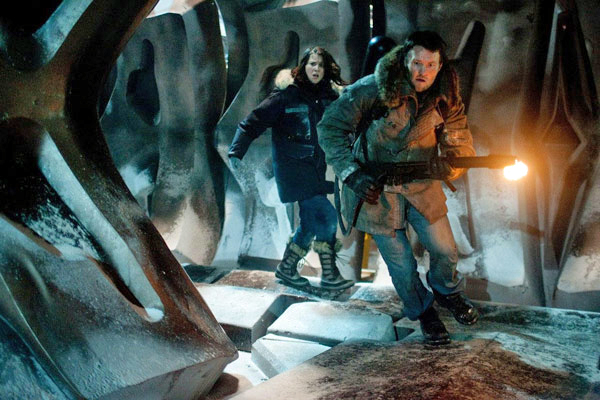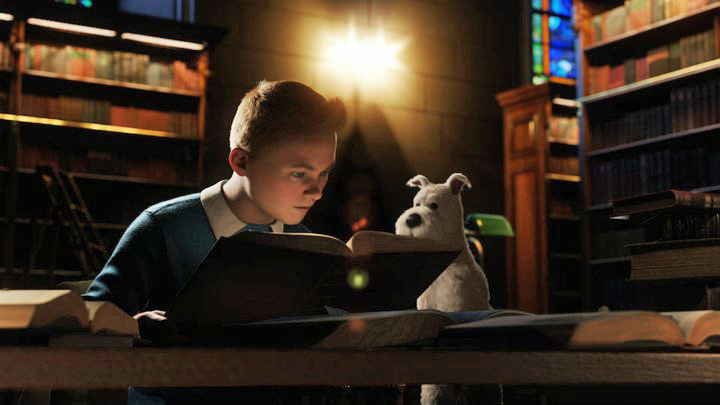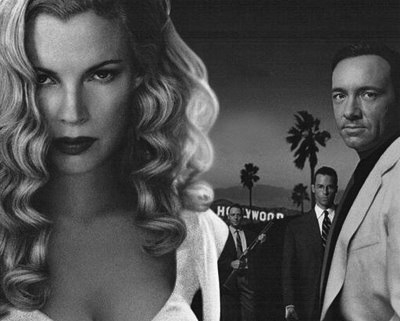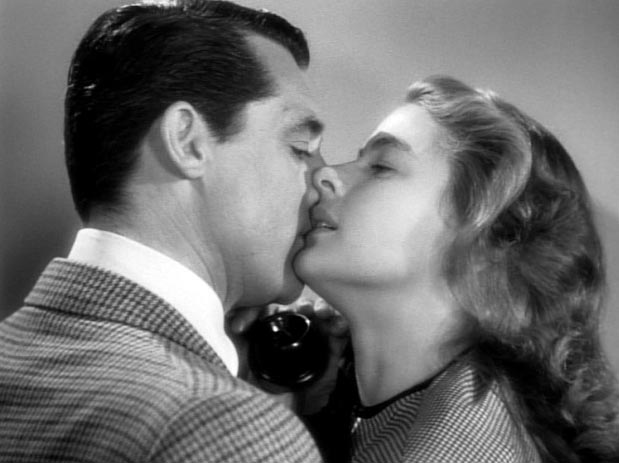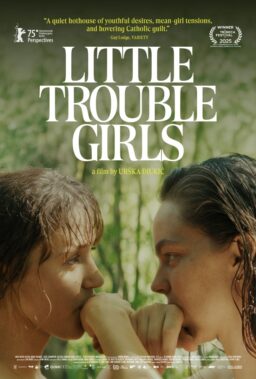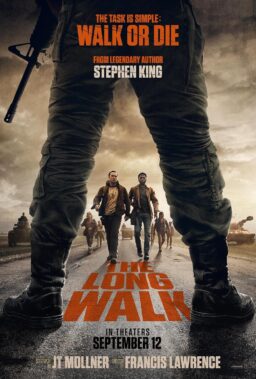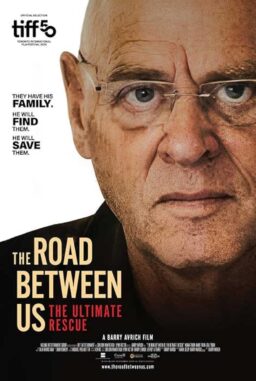Q. We saw “The Madness of King George” the other night. Pretty good. However, the first scene showed some heavy wooden doors. As the camera panned in you could read the graffiti carved on the doors. The most prominent was the date “1867.” It bothered the heck out of me to start the movie with this obvious continuity issue. Was this a director’s idea of a joke or an IQ test ? (John T. Bear, Atlanta, Ga.)
A. The scene was shot at Eton College, which is about 500 years old, and students have been carving graffiti on that door for all of that time, according to Nicholas Hytner, director of the film: “We didn’t notice the date until we were editing the film. We couldn’t go back and reshoot because the actors were unavailable and college was in full session. We were confident that the credit roll at the beginning of the film would obscure some of what couldn’t be hidden by editing and filters.”
Q. A credit is given to Elizabeth Stone in many of Oliver Stone’s movies. She is called the “Naijo No Ko.” What does that title refer to? (John L. Santoianni III)
A. The credit for Stone’s former wife is a Japanese term that loosely translates as “spiritual advisor,” according to Stone’s assistant, Annie Mei-Ling.
Q. Some reviews say the screenplay for Steven Soderbergh’s new movie “The Underneath” is by Sam Lowry and Daniel Fuchs. Others credit Soderbergh and Fuchs. Who wrote it? (Ronnie Barzell, Chicago)
A. The movie is based on a 1949 film noir named “Criss Cross,” written by Daniel Fuchs. Soderbergh, who made substantial changes, did not want to share credit with the earlier screenplay. When the Writers’ Guild insisted, he adopted the pseudonym “Sam Lowry,” the name of the hero of “Brazil” (1985), a statistician played by Jonathan Pryce. The press kit for the movie says “Sam Lowry left his position with the Ministry of Information in order to pursue a film career.”
Q. What movie originated that ubiquitous trailer music that is used for “Rob Roy,” “A Few Good Men,” and “Clear and Present Danger?” (Cliff W. Rives, Jacksonville, Fla.)
A. It’s from the Alan Parker film “Come See the Paradise,” according to Michael Zey of the CompuServe Showbiz Forum. Because ads and trailers are often finished before a movie has been scored, they often use music borrowed from earlier films, sometimes as a way to suggest a subtle link with established hits.
Q. What mystifies me is why the Academy of Motion Picture Arts and Sciences, of all organizations, still insists on using Panned and Scanned film clips on their awards programs. The Academy should be in the forefront of organizations educating the public on the benefits of letterboxing. (Gordon Meyer, North Hollywood, Ca.)
A. Excellent point. Clips on the Oscarcast which fill up the entire TV screen do so by eliminating the parts of the widescreen image that do not fit inside the narrower TV ratio. Directors should insist that their nominated films be shown in the letterbox format, displaying the full width of their original compositions. While they’re at it, they might provide the Academy with new scenes from their films, instead of using the same tired old overexposed scenes that have been telecast repeatedly for months.

